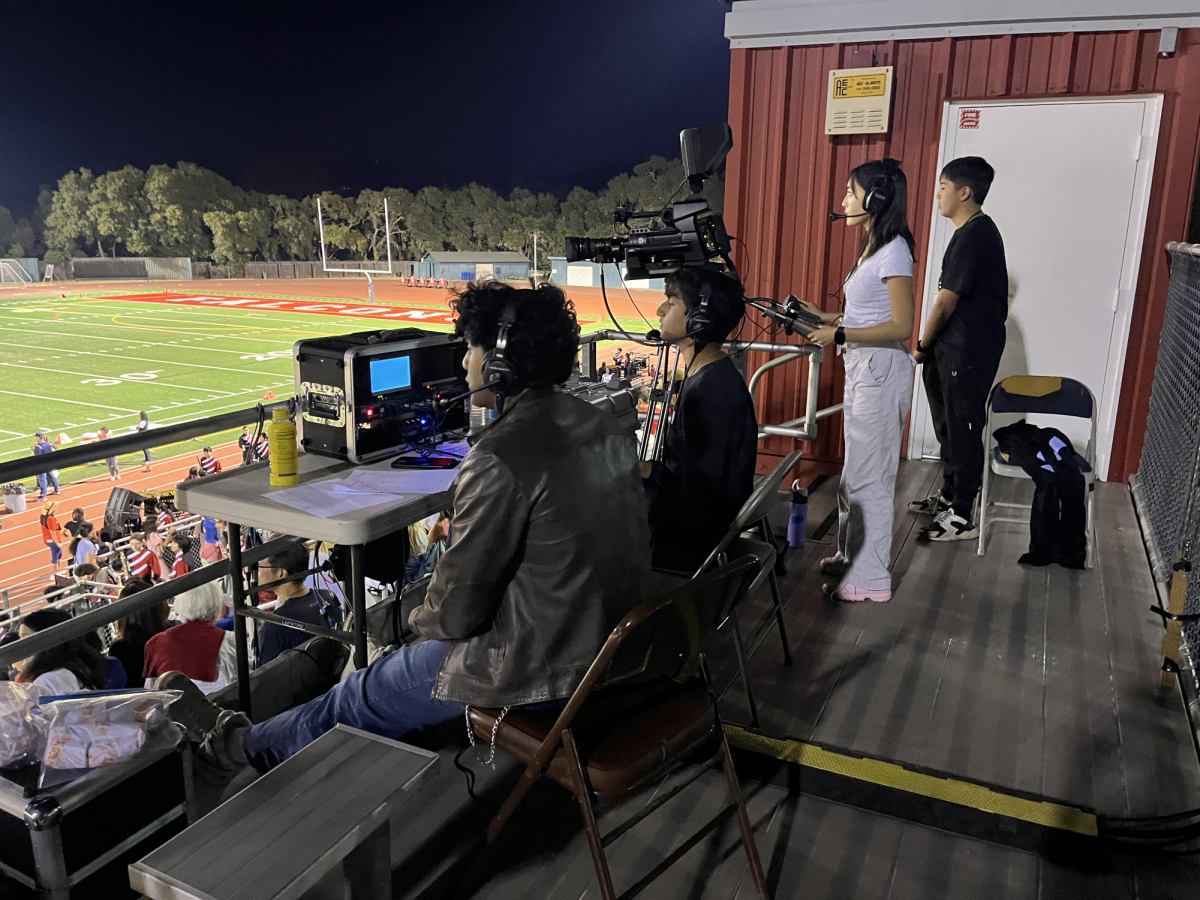“If you touch my junk, I’m gonna have you arrested,” said John Tyner, in response to a Transportation Security Aid (TSA) agent’s attempt to further “pat-down” Tyner for a security check on Nov. 13.
Tyner’s response is one example of the negative feedback to the TSA’s new November 2010 regulations for U.S. airport security checks.
The backlash is absolutely justified.
The new measures require fliers to pass through a back-scatter scanner. This scanner produces a nude image of the flier that shows the flier’s full body including private parts.
Refusal to enter this full-body back-scatter scanner will result in the TSA personnel giving the flier an extensive pat-down of the full body, once again including private parts.
Public outcry against these new regulations has mostly revolved around the new rules’ invasion of privacy. In a recent USA Today poll, results showed that the new pat-downs “bother or anger” 57 percent of adult fliers, and that the full-body scanning machines make 42 percent feel the same way.
American travellers have the right to be upset. The new regulations force people to allow random people to invade their privacy.
The TSA has stated that the new screening procedures were put into place in response to the attempted “underwear bombing” on a flight from Amsterdam to the U.S.
According to the official White House review of the terrorist attack, the bomber got onto the plane because of a “failure of intelligence analysis, failure within the counterterrorism community to assign responsibility and accountability for follow up of high priority threat streams” and “shortcomings of the watchlisting system.”
The review also stated that the bomber was supposed to have been watchlisted, as he was on a list of known terrorist identities. Most surprisingly, it stated that “the U.S. government had sufficient information to have uncovered and potentially disrupted the Dec. 25 attack—including by placing Mr. Abdulmutallab on the No Fly List.” It does not mention the problem having anything to do with the security checking procedures. Abdulmutallab could have been watchlisted immediately. Additionally, if the attempted bombing was after the Nov. 1, 2010 rule changes, he still would not have been caught. Why? The flight wasn’t even in the U.S.
Plus, the regulations could also be in violation of the Fourth Amendment, which protects against unreasonable searches and seizures. The rules may even be unconstitutional.
In fact, checking each person with nude scanners and intrusive pat-downs as if he/she is dangerous makes fliers seem “guilty until proven innocent,” rather than the opposite.
Thankfully, there are alternatives.
After Abdulmutallab’s bombing attempt, Amsterdam’s Schiphol Airport installed several full-body scanners that produced mannequin figures that were not gender-specific. The system uses radiowaves as opposed to the back-scatter devices’ X-rays. In May 2010, the TSA ordered less-advanced versions of the devices that didn’t feature “automatic threat detection,” which is referred to in the scanner’s official name, “ProVision ATD.”
In the future, the Dutch scanning device could be the answer.
As for right now, if the new security regulations are for preventing terrorism, are they really working? Isn’t the goal of a terrorist to terrorize people?
The fact is that there are people who are absolutely terrified of flying from their country’s airports. That doesn’t prevent terrorism. It fuels it.




























